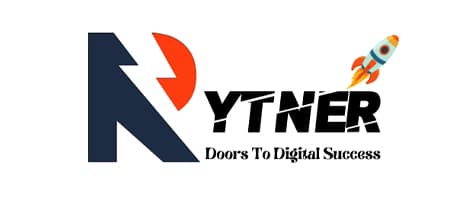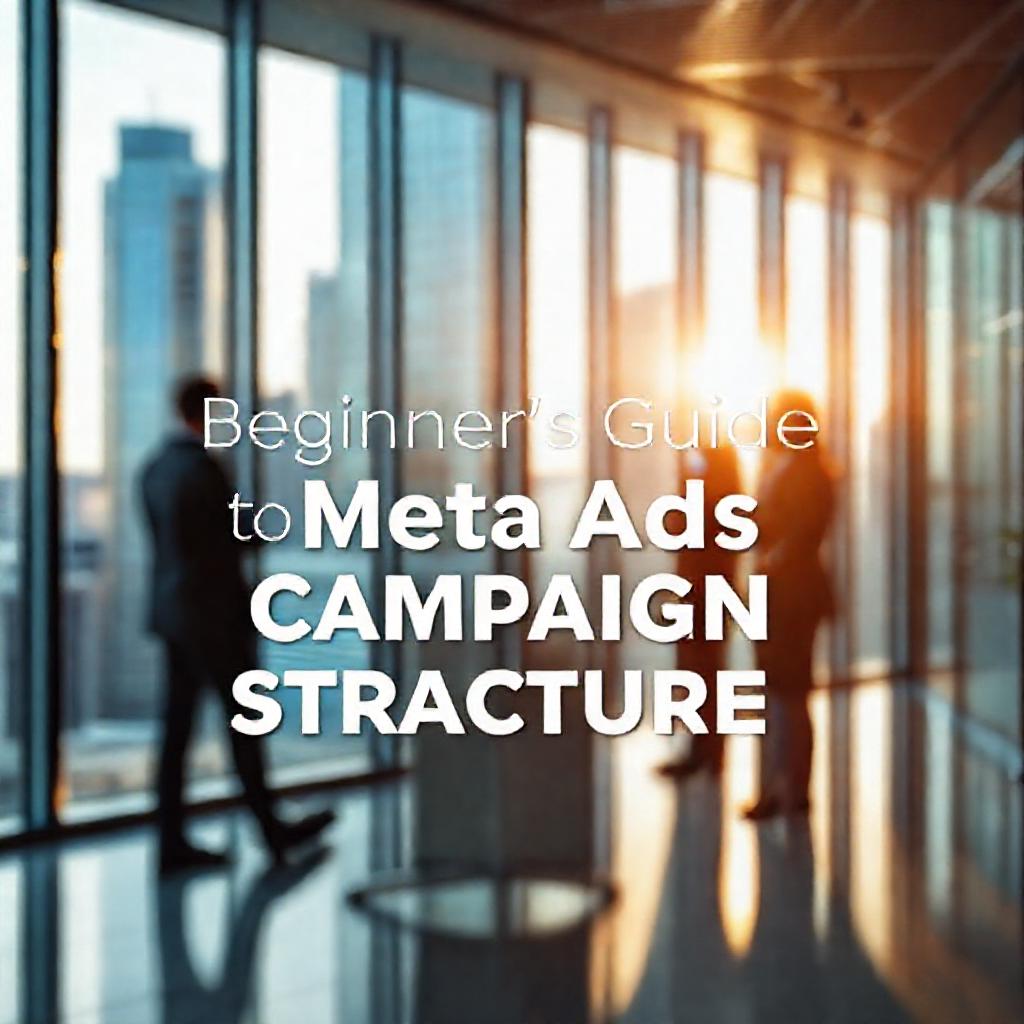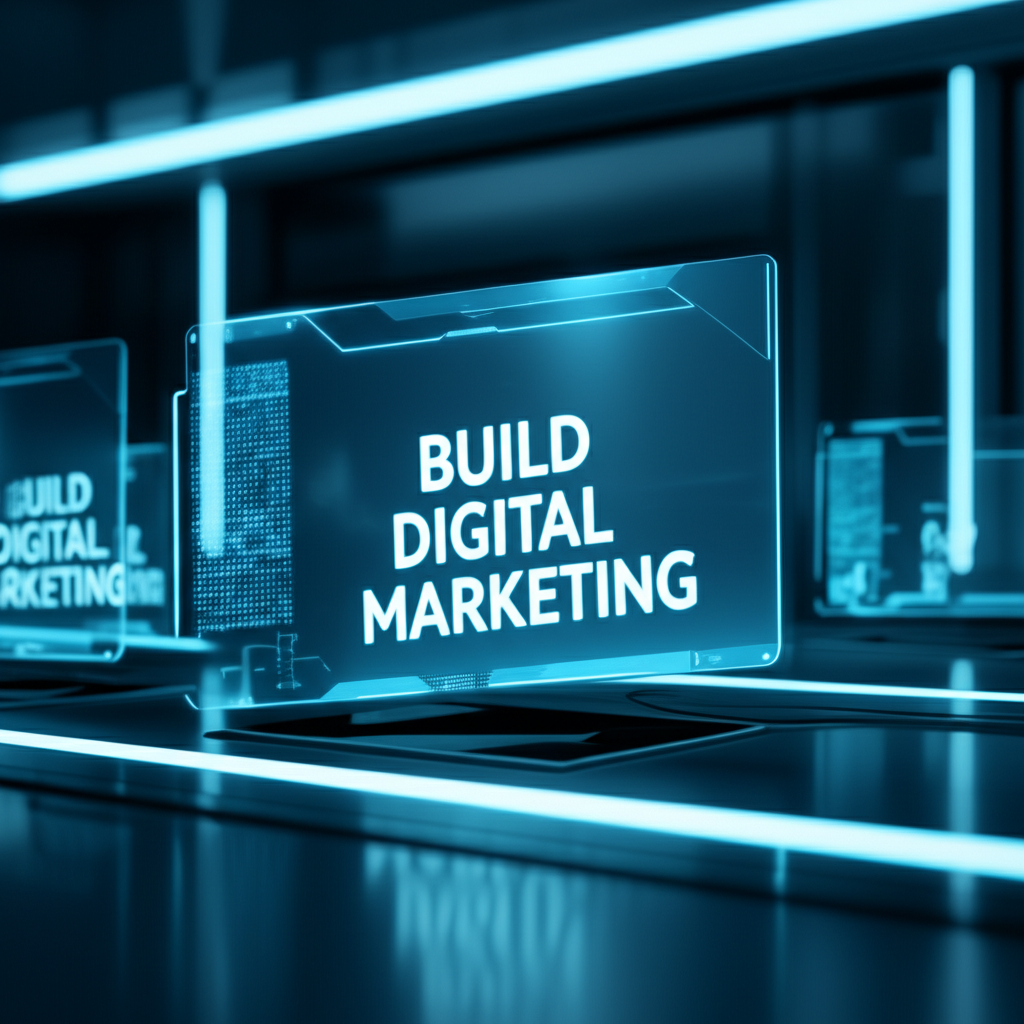Facebook advertising has become a cornerstone of modern digital marketing, offering businesses the power to reach highly targeted audiences and drive real results. However, crafting high-converting campaigns requires more than just a creative idea—it demands a strategic, data-backed approach. Rytner, a leading digital marketing agency, has mastered the art of Facebook ad optimization, consistently delivering campaigns that boost engagement, lead generation, and sales. In this article, we’ll walk through Rytner’s step-by-step methodology for building high-performing Facebook ads, from audience research to advanced scaling tactics. Whether you’re new to Facebook advertising or looking to refine your strategy, these insights will help you unlock the full potential of the platform.

Understanding the Basics of High-Converting Facebook Ads
What Makes a Facebook Ad High-Converting?
A high-converting Facebook ad is one that drives significant traffic and generates measurable business outcomes. Key metrics like Click-Through Rate (CTR), conversion rate, and Return on Advertising Spend (ROAS) determine an ad’s effectiveness. A strong CTR indicates that your ad resonates with the audience, while a high conversion rate shows that it successfully translates clicks into actions. ROAS, which measures revenue against ad costs, is critical for evaluating profitability. The foundation of these metrics lies in precise targeting, visually compelling creatives, and persuasive ad copy that aligns with user intent.
Why Rytner’s Approach Stands Out
Rytner’s methodology is rooted in data-driven decision-making and continuous improvement. By combining industry expertise with real-time analytics, the agency tailors campaigns to meet specific business goals. For example, Rytner helped a client boost conversions by 180% through optimized targeting and dynamic creative sets. The agency’s commitment to testing and refining every element of a campaign ensures that clients achieve maximum ROI. Unlike one-size-fits-all strategies, Rytner’s approach adapts to evolving trends and audience behaviors, making it a leader in Facebook ad innovation.
Step-by-Step Guide to Building High-Converting Facebook Ad Campaigns
Define Clear Campaign Objectives
Every successful Facebook ad starts with a well-defined goal. Rytner uses SMART objectives—Specific, Measurable, Achievable, Relevant, and Time-bound—to align campaigns with business needs. For instance, a lead generation goal might look like “Generate 500 qualified leads for a new SaaS product within 90 days.” Clear objectives guide creative development, budget allocation, and performance tracking, ensuring all efforts are purposeful. Without a defined goal, campaigns risk wasting resources on vague or unmeasurable outcomes.
Conduct Thorough Audience Research
Rytner begins by diving deep into audience insights using Facebook Audience Insights and custom data. This helps identify demographics, interests, and behaviors that align with the target customers. The agency also builds detailed buyer personas, incorporating psychographics like pain points and motivations. For example, a persona for a fitness app might include a 30-year-old working parent seeking time-efficient workouts. This research ensures ads speak directly to the right people, increasing relevance and engagement.
Craft Compelling Ad Creatives
Visuals and video content are the first things users see, making them crucial for capturing attention. Rytner prioritizes high-quality images and short, engaging videos that highlight the product’s value. Best practices include using clear branding, contrasting colors for readability, and incorporating emotional triggers like urgency or joy. For instance, a limited-time discount ad might feature bold text and dynamic music to create excitement. Strong creatives not only stop users from scrolling but also build trust and drive action.
Essential Checklist
Goal Definition
Clearly define objectives and success metrics
Resource Planning
Allocate necessary time, budget, and personnel
Implementation Strategy
Develop step-by-step execution plan
Quality Assurance
Establish testing and validation procedures
Performance Monitoring
Set up tracking and reporting systems
Essential items for How Rytner Builds High-converting Facebook Ad Campaigns (step-by-step Guide)
Write Persuasive Ad Copy
Rytner’s ad copy experts focus on clarity and impact. Headlines are concise and benefit-driven, such as “Transform Your Skin in 7 Days!” While CTAs (e.g., “Shop Now,” “Get Started”) are action-oriented. The copy addresses the audience’s pain points, like “Struggling with low energy?” and pairs them with solutions. By emphasizing social proof or scarcity, like “Join 10,000 satisfied users,” Rytner strengthens credibility and urgency, pushing users to engage.
Optimize Ad Targeting
Facebook’s advanced targeting options allow Rytner to reach users based on demographics, interests, and behaviors. For example, a luxury watch brand might target users who engage with high-end fashion content. The agency also leverages lookalike audiences to replicate the characteristics of existing customers, expanding reach to similar prospects. Retargeting campaigns re-engage users who visited the website or interacted with previous ads, significantly boosting conversion rates by following users through the sales funnel.

Set a Strategic Budget and Bidding Strategy
Rytner allocates budgets based on campaign goals, audience size, and competition. A typical strategy involves starting with a small budget to test creatives and audiences, then scaling winners. The agency uses various bidding options, such as Cost Per Click (CPC) for engagement-driven campaigns or Cost Per Action (CPA) for sales-focused goals. For instance, a product launch might prioritize CPC to maximize clicks, while a lead generation campaign uses CPA to ensure cost-effective sign-ups. This balance between cost and performance is essential for long-term success.
Launch and Monitor Campaign Performance
Once a campaign is live, Rytner focuses on real-time monitoring using Facebook Ads Manager and third-party tools. Key metrics like CTR, conversion rate, and cost per result are tracked hourly to identify issues early. For example, if a campaign’s CTR drops below 1%, Rytner adjusts the creative or copy immediately. This proactive approach ensures campaigns stay effective and responsive to user behavior.
Continuously Test and Optimize
Rytner runs A/B tests on every campaign element, from headlines to audience segments. By isolating variables, the agency determines what resonates best with users. For instance, testing two CTAs—“Learn More” vs. “Discover the Secret”—can reveal which drives more conversions. Data insights are used to refine campaigns weekly, ensuring they evolve with audience preferences and market trends. This iterative process is central to Rytner’s sustained performance.
Advanced Strategies for Scaling Campaigns
Leveraging Retargeting for Higher Conversions
Retargeting is a powerful tool in Rytner’s arsenal. The agency creates segmented retargeting campaigns for users who abandoned carts, visited product pages, or engaged with past ads. For example, a user who viewed a yoga mat but didn’t purchase might receive a 20% off offer. Rytner also uses dynamic retargeting to display personalized products, increasing the likelihood of conversion by addressing specific user intent.
Using Facebook Pixel for Enhanced Tracking
Facebook Pixel is a game-changer for campaign optimization. Rytner installs and configures the Pixel to track user actions on a website, such as purchases or form submissions. This data fuels lookalike audiences and improves ad relevance. If a Pixel shows that most conversions occur after users watch a tutorial video, Rytner might prioritize similar content in future ads. Enhanced tracking ensures campaigns stay aligned with user behavior and business goals.

Integrating Facebook Ads with Other Marketing Channels
Rytner believes in a holistic approach by integrating Facebook ads with email marketing, SEO, and content strategies. A user who clicks a Facebook ad might later receive a nurturing email sequence, while a blog post can drive traffic back to the ad campaign. For example, a retargeting ad might direct users to a landing page that feeds into an email list. This synergy amplifies brand visibility and nurtures leads across multiple touchpoints, driving higher overall conversions.
Common Mistakes to Avoid in Facebook Advertising
- Overloading ads with information: Rytner focuses on simplicity, ensuring ads convey a single, clear message. Cluttered designs and long copy confuse users and reduce engagement.
- Ignoring audience segmentation: Broad audiences lead to poor targeting. Rytner segments audiences by intent, stage in the funnel, and behavior to deliver personalized messages.
- Failing to test and optimize: Static campaigns quickly lose effectiveness. Rytner’s continuous testing ensures strategies adapt to changing user preferences and market dynamics.
Conclusion
Building high-converting Facebook ad campaigns is a blend of strategy, creativity, and data analysis. Rytner’s step-by-step process—from defining objectives to advanced retargeting—ensures campaigns are both impactful and scalable. Consistency in testing and optimization is key to overcoming common pitfalls and maintaining relevance. Whether you’re a small business or a large enterprise, implementing these tactics can transform your ad performance. For those seeking expert guidance, Rytner’s proven strategies offer a clear roadmap to success in the competitive world of Facebook advertising.
FAQ Section
How long does it take to see results from a Facebook ad campaign?
Results typically emerge within 1-3 weeks, though this varies based on factors like budget, targeting precision, and industry competitiveness. For example, e-commerce campaigns might see immediate sales, while lead generation efforts take longer to convert. Rytner recommends giving campaigns at least two weeks of performance data before evaluating their success.
What is the ideal budget for a Facebook ad campaign?
The ideal budget depends on your goals and audience size. Rytner advises starting with $10–$50 daily to test performance, then scaling based on ROI. A small business launching a new product might allocate $20/day for a month, while a large brand could invest hundreds. The key is to balance spend with measurable outcomes, adjusting as needed.
How does Rytner measure the success of a Facebook ad campaign?
Rytner evaluates campaigns using metrics like ROAS, CTR, and conversion rate. The agency also analyzes cost per acquisition (CPA) and lifetime value (LTV) to ensure long-term profitability. For instance, a campaign with a 4:1 ROAS and 5% conversion rate is considered successful. Regular reporting and comparison against benchmarks help identify areas for improvement.
Can small businesses benefit from Facebook ads?
Absolutely. Facebook’s flexible budgeting and targeting tools make it accessible for small businesses. Rytner tailors campaigns to focus on local audiences or niche interests, ensuring cost-effective, high-impact results. A small bakery, for example, could target users within a 10-mile radius of their shop with a daily budget of $10. The right strategy turns limited resources into measurable growth.
What’s the most important element of a high-converting Facebook ad?
While all elements matter, Rytner emphasizes the synergy between targeting, creatives, and copy. Precise targeting ensures the right audience sees the ad, compelling visuals capture attention, and persuasive copy motivates action. For example, a fitness ad targeting time-crunched professionals with a video showing quick workouts and copy highlighting time efficiency can drive conversions. Alone, these elements are strong—but together, they create powerful campaigns.





